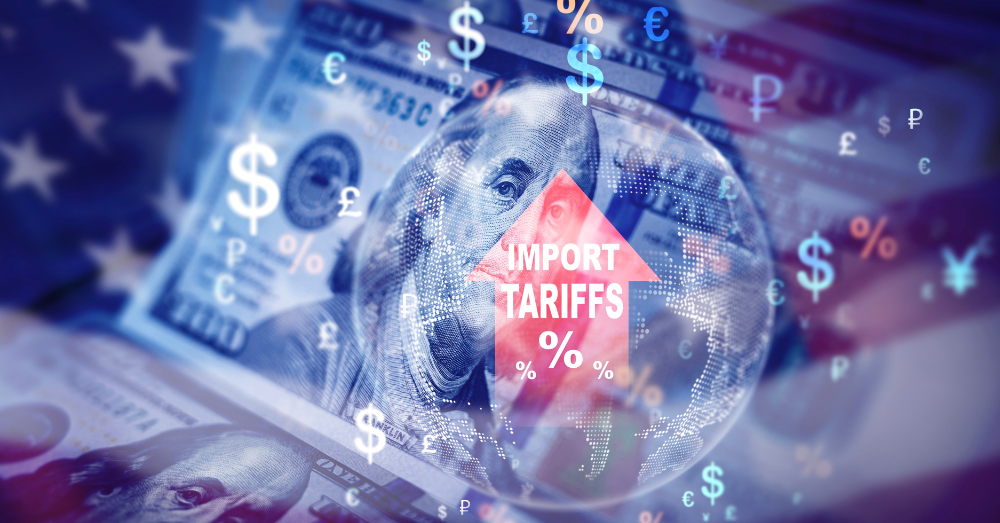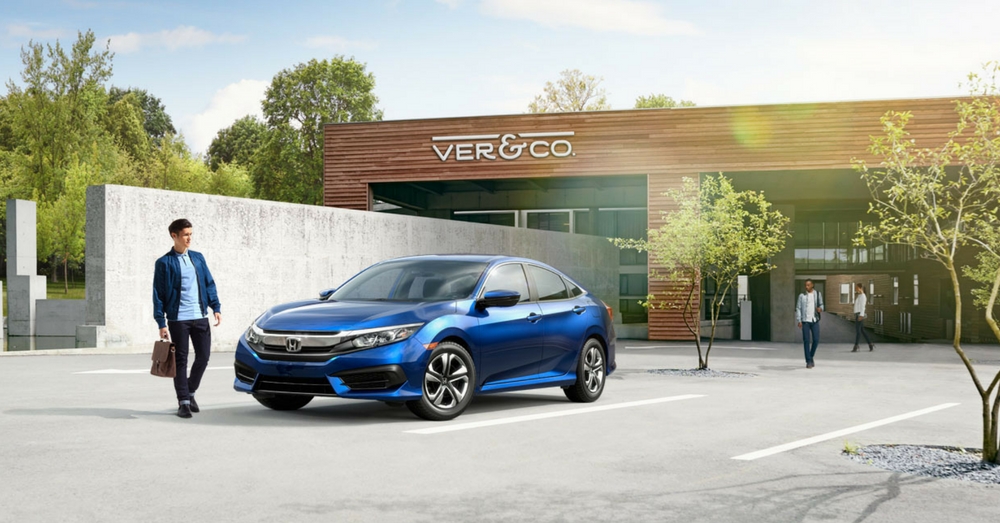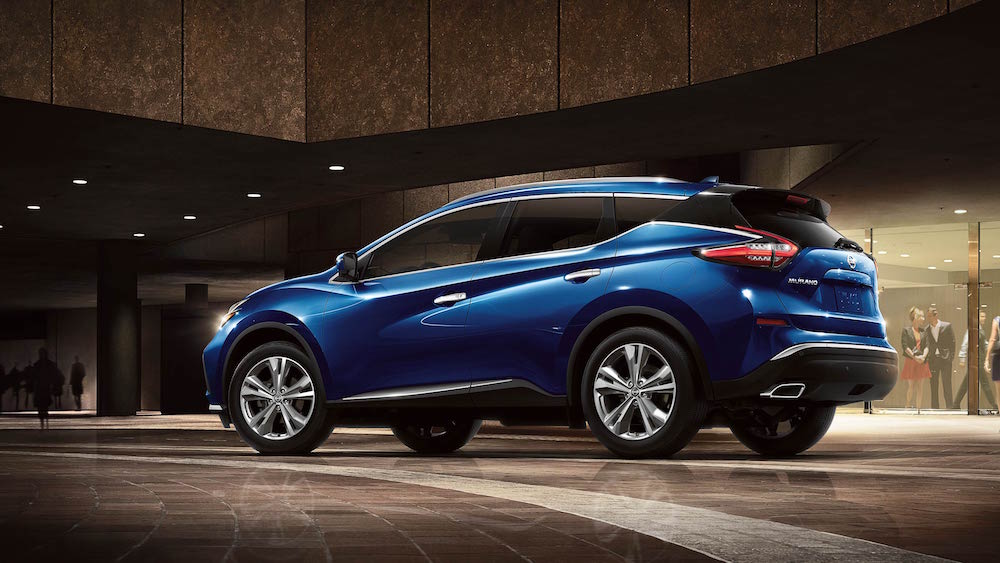
Honda Strategizes Increased Manufacturing in the United States
The Trump administration has advocated for a resurgence of protectionist trade policies, essentially ensuring that other countries are paying tariffs equal to what the United States is paying. A 25% tariff was put in place on imported vehicles and auto parts on April 3, 2025. The impact will be widely felt, but perhaps especially on international automakers.
Honda Already Has a Longstanding Presence in the US
In fact, Honda’s presence in the United States doesn’t just include your local Honda dealer. The automaker has several facilities in the eastern US, including locations in Ohio, Alabama, Indiana, and Georgia. Roughly 70% of Honda vehicles sold in the United States are already produced in a domestic facility.
Honda has made several recent investments to increase its presence. For example, $1 billion for revamping the Ohio plants so they can produce hybrid, EV models, and gas-powered models at the same time. It also has a deal with Toyota to buy domestically-made batteries for its EV and hybrid models.
The Impact of 2025 Tariffs on Honda and Other Automakers
The 25% tariffs on imported vehicles and parts include parts and vehicles made in Canada and Mexico. This has an unfortunate effect on many automakers who source parts from these countries and also have production plants. Thanks to these facts, there are many projections showing price increases of up to $12,000 per vehicle because of tariffs.
Previously, Honda has imported up to 40% of its vehicles destined for the US market from Mexico and Canada. Even though more of its vehicles are made in the US, 30-40% is still a pretty big chunk of its sales. Honda’s biggest response so far is to relocate production of the popular Civic from Mexico to Indiana, beginning in 2028.
Honda isn’t the only automaker making strategic moves to relocate production to the United States.
How Honda Plans to Respond
Honda’s response is to increase vehicle production in the United States over the next few years. The automaker hopes to increase domestic production by as much as 30%, with up to 90% of all US-market vehicles being produced in the US in a few years. Honda isn’t the only automaker planning to increase production in the US. BMW, Volkswagen, and Nissan have all discussed increasing US production to keep costs low.
In the meantime, the new tariffs are likely to increase some vehicle prices and potentially lead to fewer consumer choices if they want to pay less. According to the Trump administration, the goal behind the tariffs is clear. The main goal is to encourage American production and buying American. Another stated goal is to ensure other countries are paying a fair share.
In Conclusion
Even though there are various opinions on the purpose of tariffs and what will actually happen, it’s pretty clear that some companies aren’t waiting around to find out. In the automotive sector and other sectors, many companies are making plans to increase US production. For those companies, paying more simply isn’t an option. They don’t want to take the chance that consumers will bypass them to pay less for American-made products.
This post may contain affiliate links. Meaning a commission is given should you decide to make a purchase through these links, at no cost to you. All products shown are researched and tested to give an accurate review for you.



